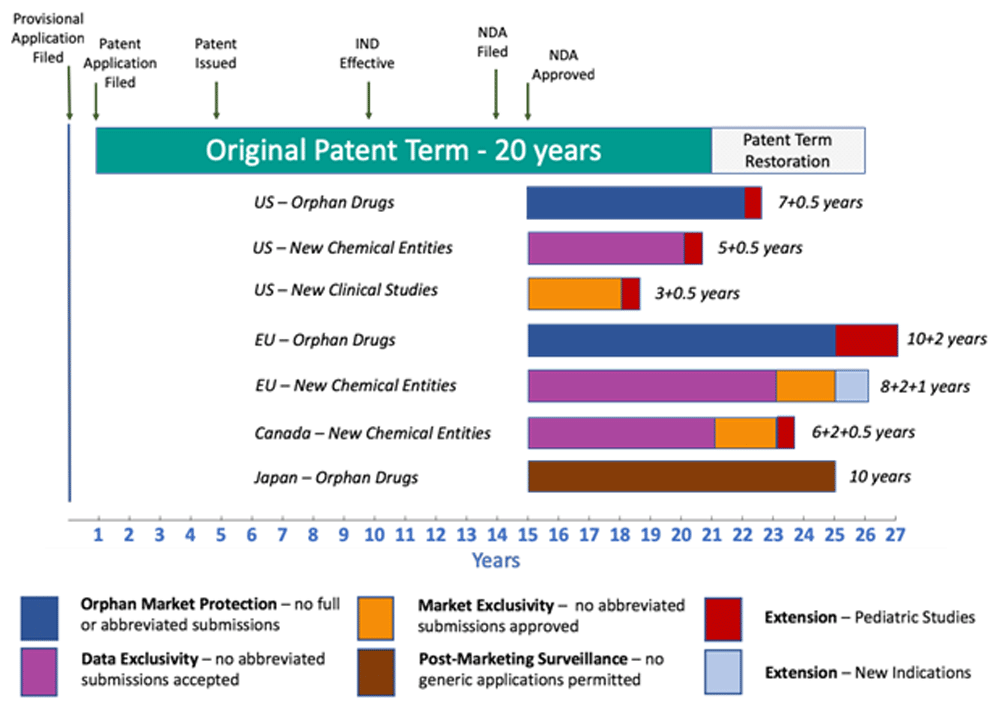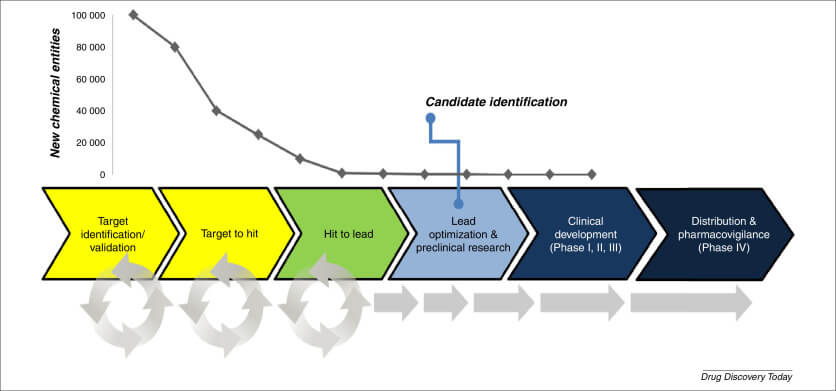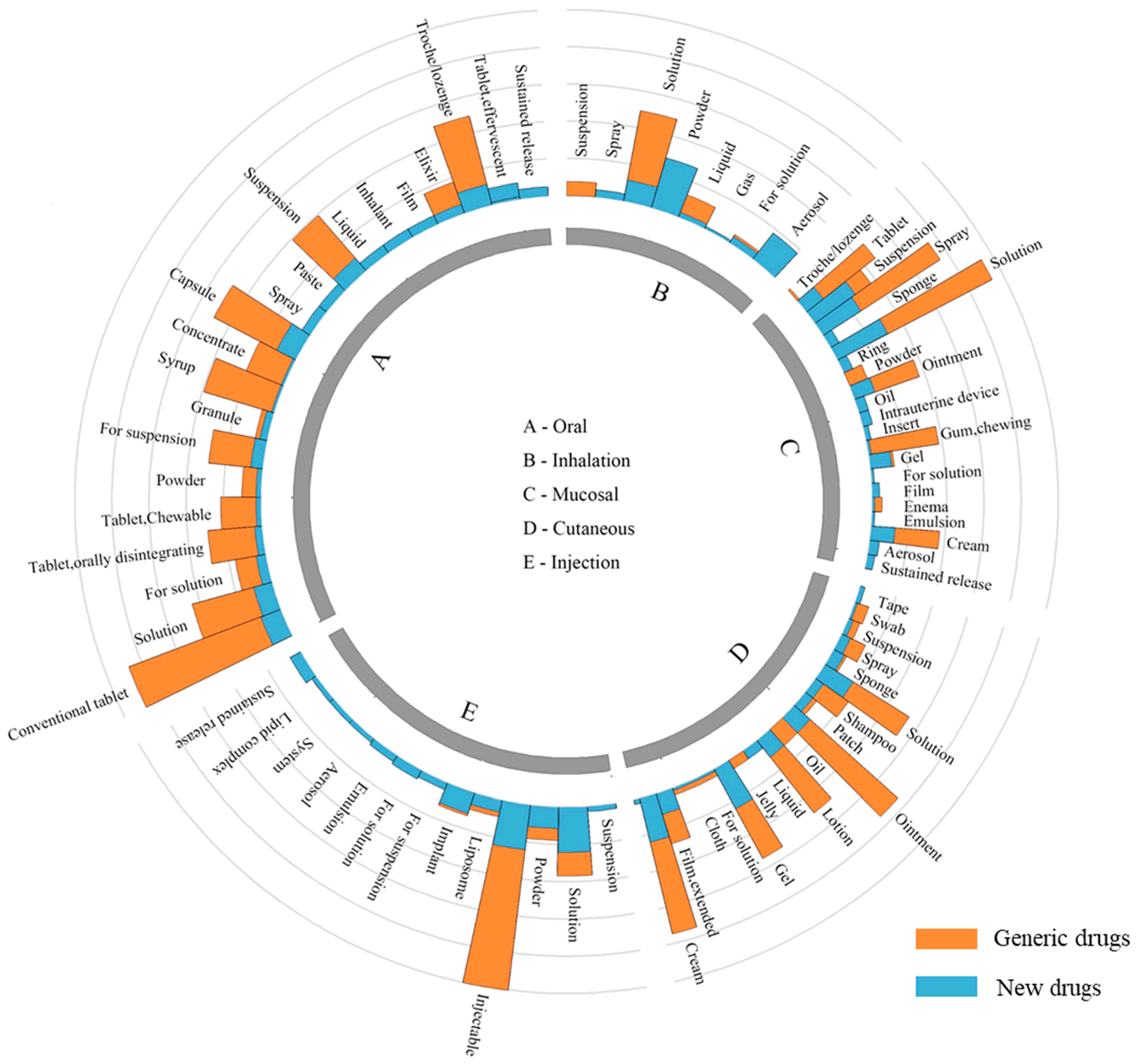Understanding the intricate relationships between various stakeholders is crucial for investors looking to make informed decisions. One area that often flies under the radar, yet plays a significant role in the pharmaceutical industry, is the realm of Pharmacy Benefit Managers (PBMs), formularies, and rebates. These interconnected elements form a vital part of the healthcare ecosystem, influencing drug pricing, accessibility, and ultimately, the bottom line for pharmaceutical companies and insurers alike.
The Role of Pharmacy Benefit Managers (PBMs)
Pharmacy Benefit Managers, or PBMs, are the behind-the-scenes players that wield considerable influence in the pharmaceutical industry. These companies act as intermediaries between drug manufacturers, health insurance plans, and pharmacies, managing prescription drug benefits for millions of Americans.
What Do PBMs Do?
PBMs perform several critical functions in the healthcare system:
- Negotiating drug prices: PBMs use their significant bargaining power to negotiate lower drug prices with pharmaceutical manufacturers.
- Managing formularies: They create and maintain lists of approved drugs (formularies) for health insurance plans.
- Processing claims: PBMs handle the administrative task of processing prescription drug claims for insurance companies.
- Administering rebate programs: They manage rebate programs between drug manufacturers and health plans.
- Promoting generic alternatives: PBMs often encourage the use of generic drugs to help control costs.
The Big Three PBMs
The PBM market is highly concentrated, with three major players dominating the industry:
- CVS Caremark
- Express Scripts
- OptumRx
These three PBMs collectively manage pharmacy benefits for more than 75% of the insured population in the United States.
Understanding Formularies
Formularies are at the heart of how PBMs influence drug pricing and accessibility. But what exactly are they?
What is a Formulary?
A formulary is a list of prescription drugs covered by a health insurance plan. It’s essentially a catalog of medications that the insurer has agreed to pay for, either in full or in part.
How Formularies Work
Formularies typically categorize drugs into tiers, with each tier representing a different level of cost-sharing for the patient:
- Tier 1: Usually includes generic drugs and has the lowest copayment.
- Tier 2: Often includes preferred brand-name drugs with a higher copayment.
- Tier 3: Typically includes non-preferred brand-name drugs with the highest copayment.
- Specialty Tier: Some formularies include a specialty tier for high-cost drugs.
The Impact of Formularies on Drug Access and Pricing
Formularies have a significant impact on both drug accessibility and pricing:
- Patient access: Drugs not included in a formulary may be difficult or expensive for patients to obtain.
- Prescribing patterns: Doctors often consult formularies when deciding which drugs to prescribe.
- Drug pricing: Manufacturers may offer rebates or discounts to secure favorable placement on formularies.
“Formularies are a critical tool in managing drug costs, but they also have the power to shape the entire pharmaceutical market. A drug’s inclusion or exclusion from major formularies can make or break its commercial success.” – Dr. Jane Smith, Healthcare Policy Expert at Stanford University
The Rebate System Explained
Rebates are a crucial, yet often misunderstood, component of the pharmaceutical pricing system. They play a significant role in determining the actual cost of drugs and the profitability of pharmaceutical companies.
What Are Pharmaceutical Rebates?
Pharmaceutical rebates are retroactive payments made by drug manufacturers to PBMs or health plans after a drug has been dispensed to a patient. These rebates are typically calculated as a percentage of the drug’s list price.
How the Rebate System Works
- Drug manufacturers set list prices: These are the official prices for drugs, often referred to as the Wholesale Acquisition Cost (WAC).
- PBMs negotiate rebates: PBMs use their bargaining power to negotiate rebates from manufacturers in exchange for favorable formulary placement.
- Rebates are paid: After a drug is dispensed, the manufacturer pays the negotiated rebate to the PBM or health plan.
- Rebates are (sometimes) shared: PBMs may pass a portion of the rebates to health plans or employers, who may in turn use them to lower premiums or out-of-pocket costs for patients.
The Controversy Surrounding Rebates
The rebate system has been the subject of much debate and criticism:
- Lack of transparency: The actual rebate amounts are often kept confidential, making it difficult to determine the true cost of drugs.
- Potential misalignment of incentives: Critics argue that the rebate system may incentivize higher list prices to allow for larger rebates.
- Impact on patient costs: While rebates may lower overall healthcare costs, they don’t always translate to lower out-of-pocket expenses for patients, especially those with high-deductible plans.
The Interplay Between PBMs, Formularies, and Rebates
The relationship between PBMs, formularies, and rebates is complex and multifaceted. Understanding this interplay is crucial for investors looking to navigate the pharmaceutical and healthcare sectors.
How PBMs Use Formularies and Rebates
PBMs leverage their control over formularies to negotiate rebates from drug manufacturers. The promise of favorable formulary placement (and thus, increased sales) gives PBMs significant bargaining power.
The Impact on Drug Pricing
This system has a profound impact on drug pricing:
- List prices vs. net prices: While list prices for drugs have increased dramatically over the years, the net prices (after rebates) have grown much more slowly.
- Price spread: PBMs may benefit from the difference between the amount they charge health plans for a drug and the amount they reimburse pharmacies.
- Market access: A drug’s placement on formularies can significantly affect its market share and profitability.
The Regulatory Landscape
The pharmaceutical pricing system, including the role of PBMs and rebates, has come under increased scrutiny from regulators and lawmakers in recent years.
Current Regulations
- Safe harbor regulations: These rules protect certain business practices, including rebates, from being considered kickbacks under federal law.
- State regulations: Some states have implemented laws requiring greater transparency from PBMs.
Potential Future Regulations
Several potential regulatory changes could significantly impact the industry:
- Rebate reform: Proposals have been made to eliminate or restructure the rebate system.
- Increased transparency: There are calls for greater disclosure of rebate amounts and PBM practices.
- PBM regulation: Some lawmakers have proposed more direct regulation of PBMs at the federal level.
Investment Implications
For investors, understanding the dynamics of PBMs, formularies, and rebates is crucial when evaluating opportunities in the healthcare and pharmaceutical sectors.
Potential Risks
- Regulatory risk: Potential changes to the rebate system or increased PBM regulation could significantly impact industry profitability.
- Pricing pressure: The current system has led to high list prices for drugs, which may not be sustainable in the face of public and political pressure.
- Market access risk: A drug’s exclusion from major formularies can severely impact its commercial prospects.
Potential Opportunities
- PBM consolidation: The trend towards vertical integration in healthcare (e.g., CVS’s acquisition of Aetna) may create opportunities.
- Technology and data analytics: Companies that can help improve transparency and efficiency in the drug pricing system may be well-positioned.
- Alternative models: New approaches to drug pricing and distribution could disrupt the current system.
Case Studies
Case Study 1: The EpiPen Controversy
The EpiPen pricing controversy provides a stark illustration of the complexities of the drug pricing system. In 2016, public outrage erupted over the dramatic price increases for EpiPen, a life-saving allergy medication.
Key points:
- The list price of EpiPen increased by over 500% between 2007 and 2016.
- Despite these increases, the manufacturer, Mylan, claimed its profit per pen was only $50 due to rebates and other costs.
- The controversy highlighted the opacity of the drug pricing system and the role of PBMs and rebates.
Case Study 2: Express Scripts and Gilead’s Hepatitis C Drugs
In 2014, Express Scripts, one of the largest PBMs, made waves by excluding Gilead’s hepatitis C drug, Sovaldi, from its formulary in favor of a competing drug from AbbVie.
Key points:
- Sovaldi was highly effective but came with a list price of $84,000 for a 12-week course of treatment.
- Express Scripts negotiated a significant discount with AbbVie in exchange for exclusive formulary placement.
- This move demonstrated the power of PBMs to influence drug pricing and market access.
Future Trends
As we look to the future, several trends are likely to shape the landscape of PBMs, formularies, and rebates:
- Increased transparency: Growing pressure from regulators and the public may lead to more disclosure of rebate amounts and PBM practices.
- Value-based pricing: There’s a growing movement towards pricing drugs based on their clinical value rather than through traditional rebate negotiations.
- Direct-to-consumer models: Some companies are exploring ways to bypass the traditional PBM model and offer drugs directly to consumers at lower prices.
- Technological disruption: Advances in data analytics and blockchain technology could bring greater efficiency and transparency to the drug pricing system.
- Personalized medicine: The rise of personalized treatments may challenge the traditional formulary model.
Key Takeaways
- PBMs play a crucial role in the pharmaceutical industry, managing drug benefits for the majority of insured Americans.
- Formularies, created and managed by PBMs, significantly influence drug accessibility and pricing.
- The rebate system, while helping to lower net drug prices, has been criticized for its lack of transparency and potential misalignment of incentives.
- The interplay between PBMs, formularies, and rebates has a profound impact on drug pricing and market access.
- Regulatory scrutiny of this system is increasing, with potential for significant changes in the future.
- For investors, understanding these dynamics is crucial when evaluating opportunities and risks in the healthcare and pharmaceutical sectors.
- Future trends, including increased transparency, value-based pricing, and technological disruption, may reshape the industry in the coming years.
FAQs
- Q: How do PBMs make money?
A: PBMs generate revenue through several channels, including fees for processing claims, rebates from drug manufacturers, and the spread between what they charge health plans for drugs and what they pay pharmacies. - Q: Are rebates illegal?
A: No, rebates are currently legal and protected under safe harbor regulations. However, there have been proposals to change these regulations. - Q: How often do formularies change?
A: Formularies are typically reviewed and updated annually, but changes can occur more frequently, especially when new drugs enter the market. - Q: Do all drugs need to be on a formulary to be covered by insurance?
A: Not necessarily. Some plans may cover non-formulary drugs, but usually at a higher cost to the patient. Additionally, patients can sometimes request exceptions for non-formulary drugs. - Q: How might the elimination of rebates affect drug prices?
A: The impact of eliminating rebates is debated. Some argue it could lead to lower list prices and more transparent pricing, while others worry it could actually increase costs for some patients and plans.
























